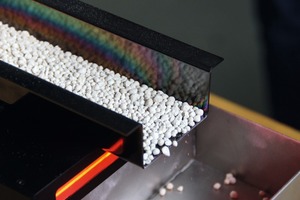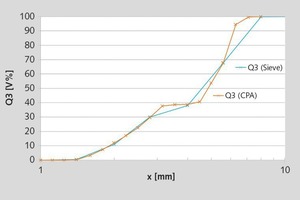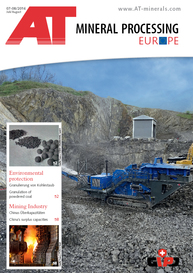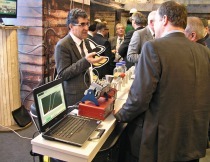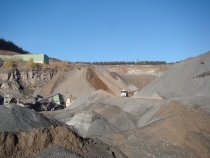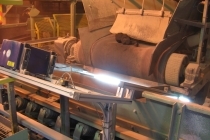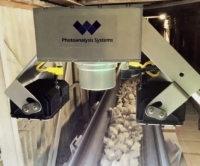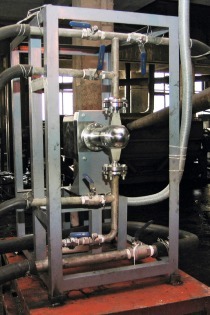Quality requirements for fertilizer are ever more demanding
Harvest yields need to be optimized, and this is mostly driven by three areas: Sometimes new grain types are cultivated in order to increase the valuable part of the plants. Additionally the machines that are used are becoming increasingly efficient. The most important factor for large monocultures, however, is an optimized fertilizer application for the plant type, soil and machine spreading. Fundamentally the chemical composition is the most important criterion. Chemistry is certainly the basis, but in practice the particle size distribution is no less important.
The size distribution and macro-structure effect, e.g. solubility, is essential for correctly and effectively using the meticulously manufactured chemical components. Moreover monitoring the fine particle share within the size distribution can provide information about processing quality or the product itself. Finally the size distribution and the shape are necessary for machine suitability. Without a clean/defined transport and conveying behavior, uniform machine spreading cannot be assured.
If the particle size distribution is not optimum, then the entire process is hampered, i.e. grain production. In general, because more money is involved, the requirements concerning fertilizers are becoming increasingly stringent. In order to meet the demands with respect to particle size and macro-structure, traditional sieve tests are no longer suitable. Here modern technologies for monitoring production parameters are needed.
In this field the HAVER CPA technology is an already established innovation for both use in laboratories and in the production line. In the form of a HAVER CPA ONLINE it can be integrated directly to the production process and deliver in the shortest time intervals all relevant values practically in real-time to a PC at the control center. Thanks to its compact design, also it can be often retrofitted to existing plants without major alteration works. Continuous and convenient monitoring could not be easier. The easily configurable standard operating procedure (SOP) allows optimum measurement conditions and thus reliable and highly reproducible results. Moreover the non-destructive measurement method ensures unfalsified results with the option of direct tracing-back of each sampling in the production flow.
For one particular fertilizer producer in 2015, a number of units were integrated in the production and each connected to a number lines. In this set-up the sampler could be integrated with the CPA system. Thus it was possible to unify all the procedures: from sample taking to measurement and final evaluation. In this configuration the system functions almost entirely by itself, does not complicate the DCS, and makes the overall monitoring less prone to potential errors from other systems and factors of influence. The data are independently generated, and then individualized and provided to other system parts. Furthermore the complete data can be called up at any time by other Windows systems if needed. Thus other useful data beyond the set standard values can be examined and evaluated, or comprehensive long-term analyses can be carried out as well.

